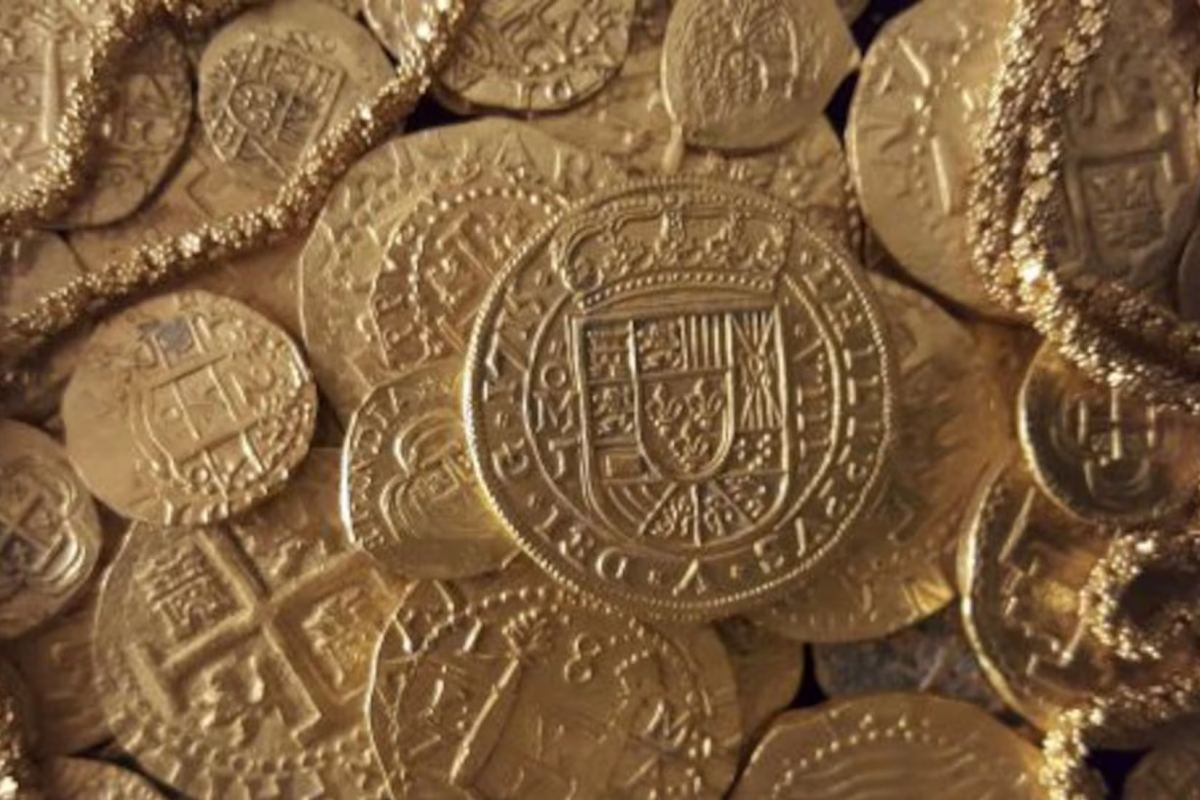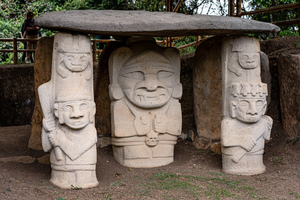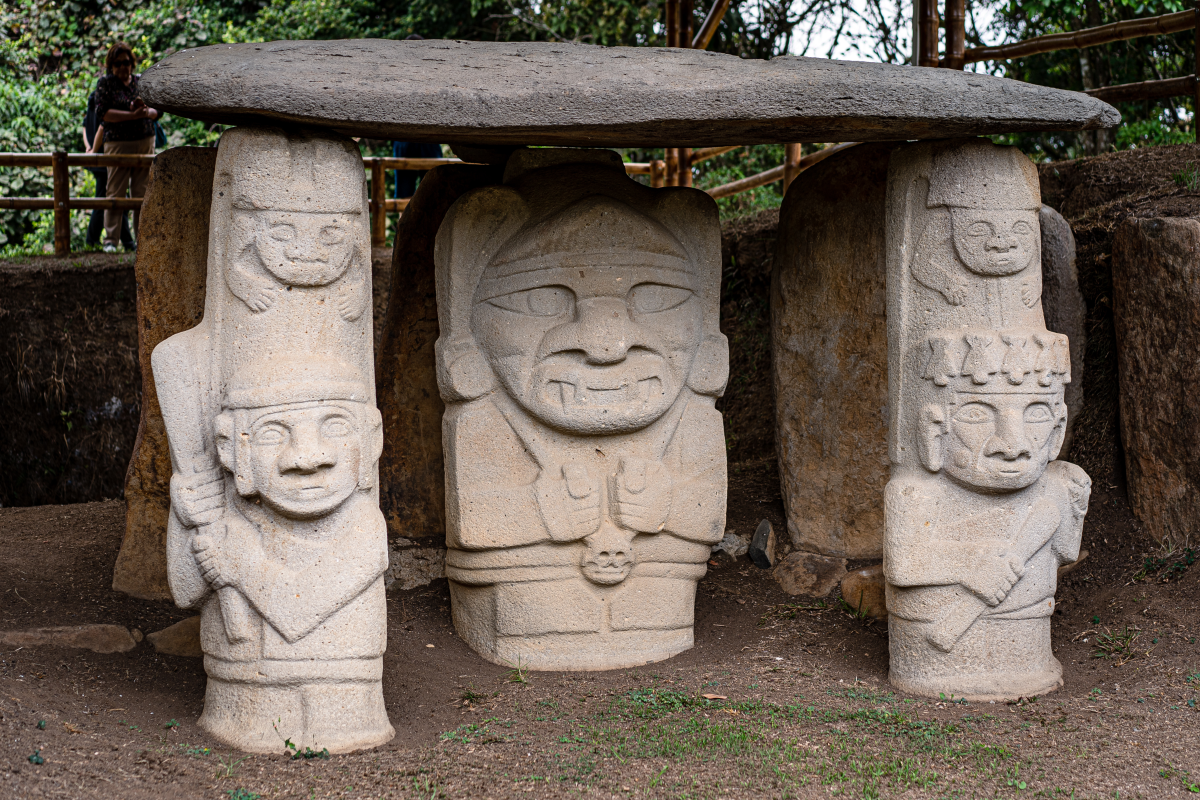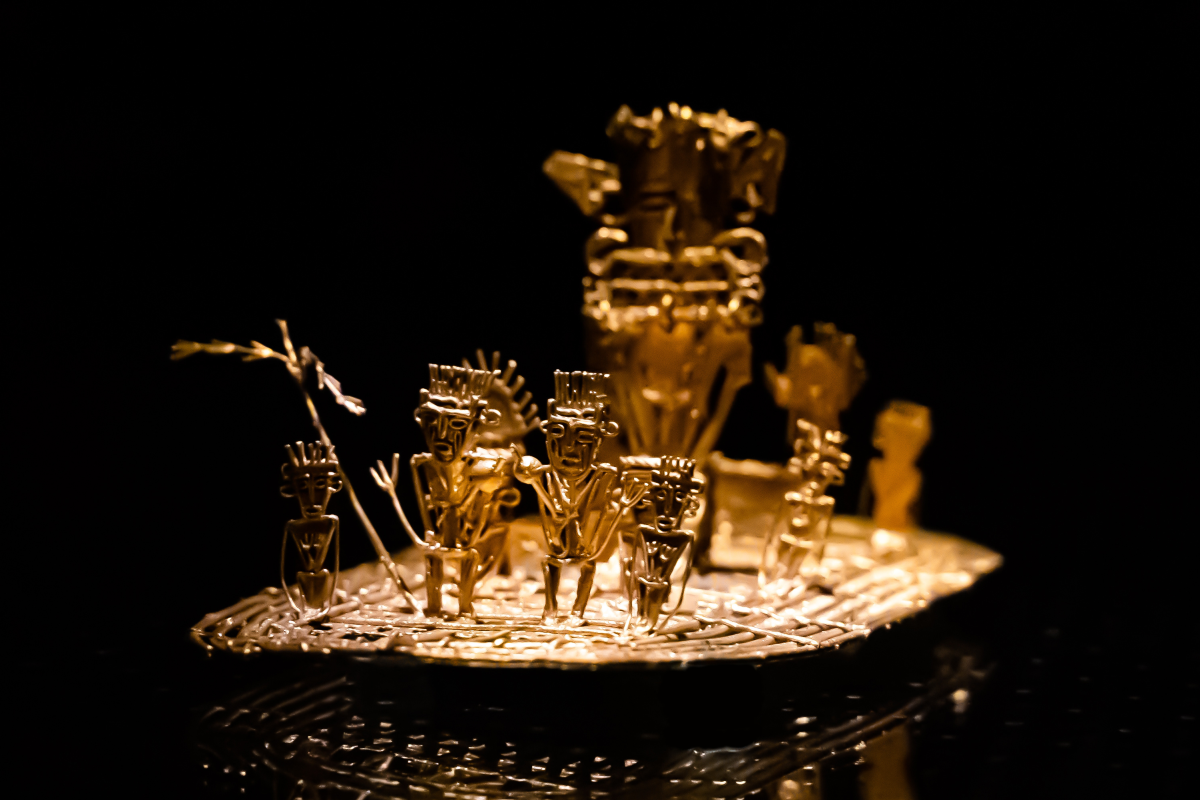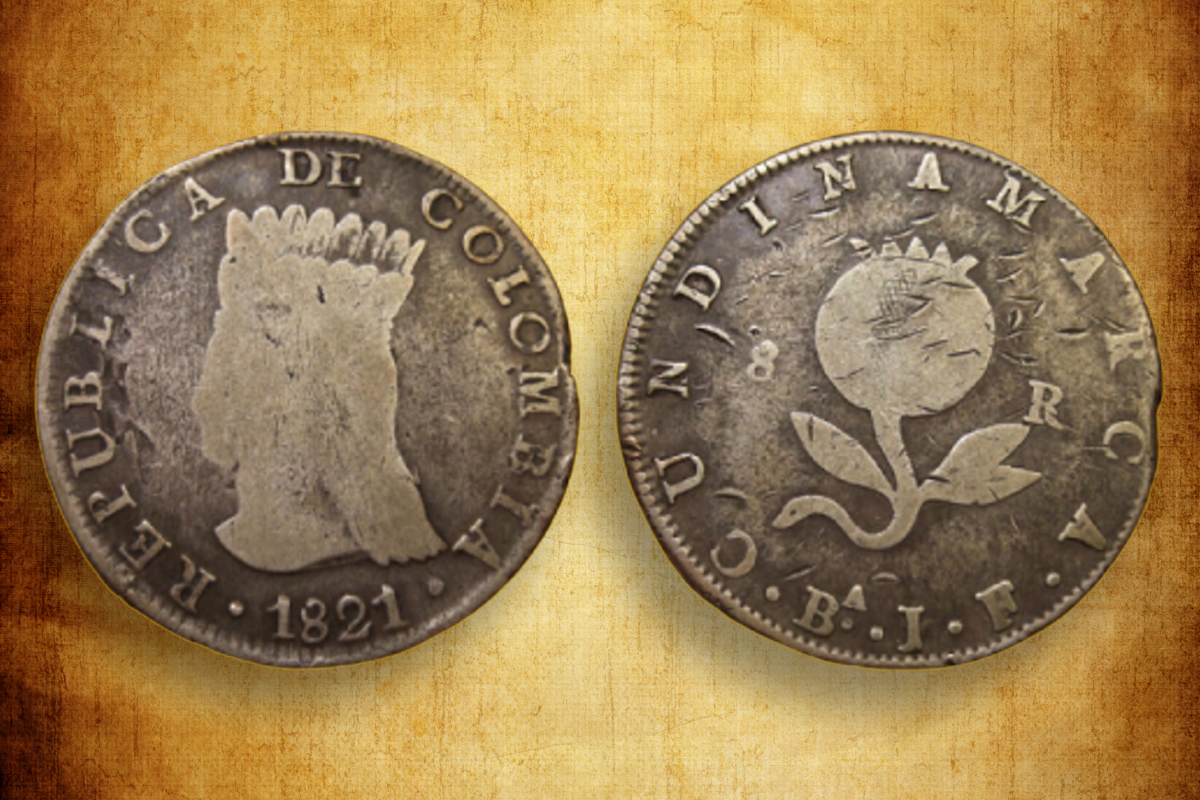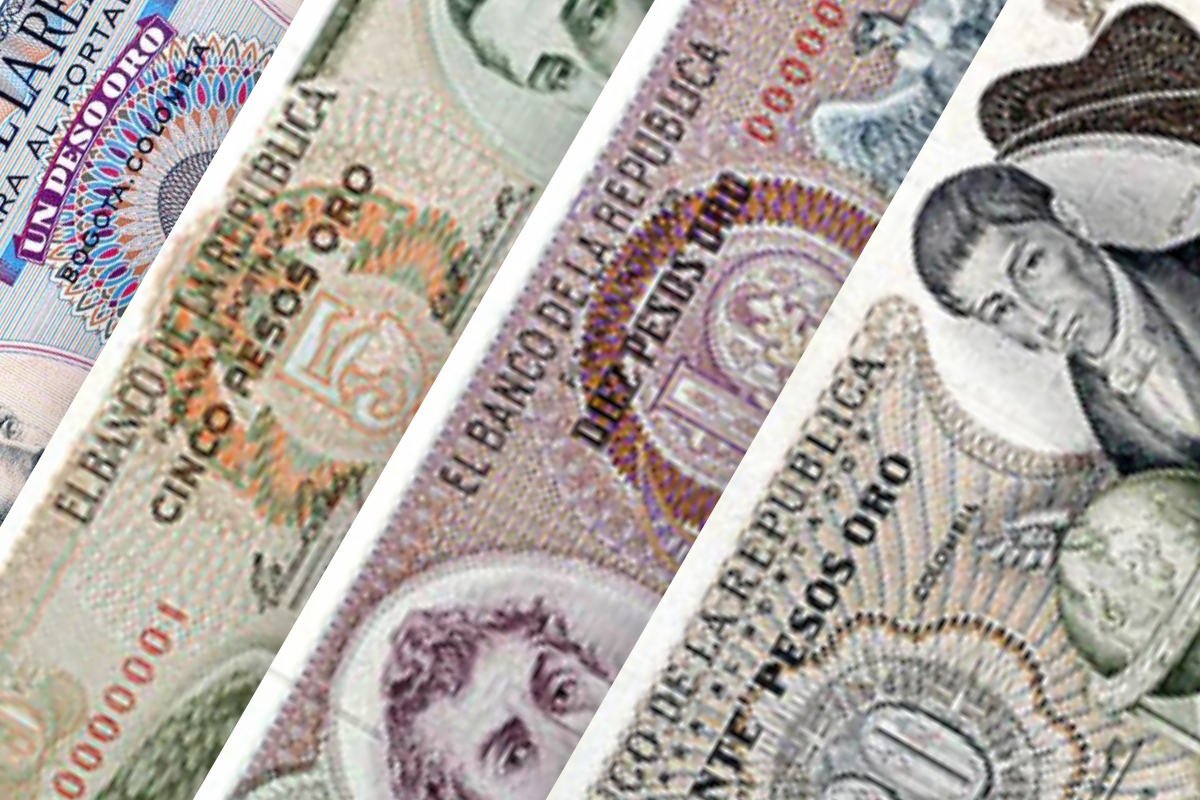"The disaster had dramatic consequences. More than 1,000 of the 2,500-strong crew perished that night. In addition, 11 ships from the Spanish fleet and much of their cargo were lost."
At the end of the 17th century, two Spanish fleets crossed the Atlantic with some regularity to link the Iberian Peninsula and the Caribbean for trade: the Tierra Firme Fleet, which traveled to Cartagena; and the New Spain Fleet, which traveled to Veracruz. These two fleets often made the journey to the Caribbean together, thus increasing the safety of an always complicated voyage. A voyage that was also critical for the Spanish Crown, as the vast amount of gold, silver, and other treasures from the Americas—and even from Asia via the Manila Galleon—supported a huge part of the kingdom's economy. The loss of a ship, let alone a fleet, was a huge catastrophe for the public coffers and the country's economy.
The dangers of the voyage were essentially twofold: the weather, as a hurricane could cause the sea to swallow up an entire fleet; and attacks by pirates or foreign armies. These attacks were primarily carried out by the English, another naval power with bases in the Americas that was vying with Spain for control of the Atlantic. Needless to say, for the English, intercepting a Spanish ship was doubly rewarding, as they weakened their enemies while simultaneously enriching themselves with its merchandise. Nor should it be surprising that during the war between Spain and England, the seas were especially dangerous, as enemy attacks increased significantly.

Such was the case during the War of the Spanish Succession. During this conflict, the English viewed attacking the fleets linking America and Spain as a war tactic. The most notorious case occurred on October 23, 1702, when English and Dutch ships entered the Bay of Vigo to intercept the fleet from Havana, despite being guarded by 23 French ships. This led to the Battle of Rande, in which the attackers managed to inflict enormous damage on the Spanish and French navies, although much of the silver carried by the galleons was landed.
The fleet suffered so much during the War of the Spanish Succession that, by the end, Spain had barely any ships left in the Armada. Furthermore, the Spanish treasury was truly at rock bottom, largely due to the fact that no large fleet carrying precious metals could be sent to the Peninsula throughout the war. These riches from all over the Americas and the Philippines were accumulating in the Caribbean, waiting for the opportune moment to ship them to Europe. However, once the War of the Spanish Succession was over, Philip V saw the opportune moment as the ipso facto, as the treasure was critical to saving Spain from bankruptcy. Therefore, he ordered that as much treasure as possible be shipped from the Indies, regardless of the cost or dangers of the voyage.

For this transport, a fleet of twelve ships was assembled in Havana. Five of them belonged to the Tierra Firme Fleet, commanded by Captain of the Sea and War Don Antonio de Echevers y Subiza, a knight of the Order of Calatrava, perpetual alderman, and provincial mayor of the Holy Brotherhood of Panama City. This fleet had departed Panama on July 27, 1713, with a total of 1,890 tons of cargo. It then made a long stopover in Cartagena, from where it departed in September 1714 for Havana. The flagship was the Nuestra Señora del Carmen y San Antonio de Padua, commanded by Echevers himself. He was accompanied by the Nuestra Señora del Rosario y San Francisco Javier, the frigate Señor San Miguel, the Nuestra Señora del Carmen, and the patache Nuestra Señora de la Concepción. To illustrate Echevers's economic and social position, it is sufficient to note that four of the ships were his property, that the Nuestra Señora del Rosario y San Francisco Javier was captained by one of his sons, and another was an infantry captain and governor of the patache.
Six other ships belonged to the New Spain Fleet, commanded by Juan Bautista de Ubilla, a knight of the Order of Santiago. This fleet departed from Cádiz in May 1712 after Philip V signed a contract with Ubilla and Monsieur Chevalier d'Eon, the head of a French merchant family residing in Cádiz. These ships headed for America transporting, among other things, mercury. This liquid metal was highly prized at the time because it was necessary to amalgamate silver in the mines of New Spain, as no mercury mines had yet been discovered there. This fleet arrived in Veracruz on December 3, 1712, where it had to wait until July 24, 1715, to depart for Havana. The flagship was the Nuestra Señora de Regla, San Dimas, and San Francisco Javier, carrying Ubilla. He was accompanied by the Santo Cristo de San Román, Nuestra Señora del Rosario y San José (the admiral's ship), the Santa Rita y Ánimas, the Santísima Trinidad, and Nuestra Señora de la Concepción. and the Nuestra Señora del Rosario and San Francisco Javier. The flagship and the admiral carried a huge amount of silver coins, as well as 84,095 escudo pesos in paste form because there hadn't been enough time to coin them. Finally, the Griffon, a French ship whose mission was to transport 48,801 8-real pieces that the Duke of Linares, governor of Veracruz, was to pay to Philip V. As a curious fact (because, in my opinion, it is nothing more than a curiosity despite the importance that is usually given to it), Ubilla's flagship carried some luxurious jewels that were a gift from Toribio Rodríguez, president of the Audience of Guadalajara, to Isabel de Farnesio, wife of Philip V who had just arrived in Spain.

I wouldn't want to continue without encouraging readers to delve deeper into what happened to these fleets before they set sail from Havana, as they are a good example of the social climate, power struggles, and corruption that existed in the colonial ports of the Americas at the beginning of the 18th century. During the months these fleets had to wait in the various Caribbean ports, more than half of their crews deserted. Real power struggles erupted between Ubilla and the local generals. There were major problems with the merchants settled in the Americas, accustomed as they were to buying cheaper contraband goods. The arrival of the Manila Galleon in Acapulco, which coincided with the arrival of the New Spain Fleet in Veracruz, made it very difficult for Ubilla to sell the merchandise he was carrying... Much documentation has been preserved about this fleet and is easily accessible today, so I encourage those interested to look for more information on the subject.
Under pressure from the Crown, Ubilla ordered the fleet to depart Havana on July 24, 1715. It was a peaceful day, although everyone was aware of the risk of setting sail at the beginning of the Caribbean hurricane season. The risk materialized, and the disaster is described in detail in the report written by Don Alonso de Armenta in October 1715.
According to Alonso de Armenta, the first few days were calm, but on July 29, a strong swell appeared from the south. On the morning of July 30, the fleet was near Cape Canaveral. The wind continued to increase, and the sailors were already certain that hurricane-force winds were on the way. Therefore, Ubilla ordered all ships to face into the wind, trying to avoid hitting the reef. It was useless. The following night, a massive hurricane struck the ships, smashing seven of them against the reefs off Cape Canaveral and sinking two others. Only the Griffon survived at sea, along with one of Echevers' ships, which the hurricane miraculously grounded without any of its occupants perishing.

The disaster had dramatic consequences. More than 1,000 of the 2,500-person crew perished that night. Eleven ships from the Spanish fleet, along with much of their cargo, were also lost. Today, the 1715 fleet is considered the largest treasure wreck of all time and one of the most dramatic episodes in colonial Spanish history, both in terms of material and human losses.
The only piece of luck in this whole disaster was that Captain Echevers's launch was able to return to Havana. Upon hearing the news, eight sloops were quickly dispatched to recover part of the cargo and to provide support to the survivors, who found themselves in a hostile land exposed to disease and attacks from Indians and pirates.
Some of the ships were very close to the coast and at very shallow depths, allowing the divers to extract about five of the fourteen million pesos the fleet was carrying. This silver was stored in a warehouse built for the purpose and guarded by soldiers until it was sent back to Havana. The Spanish feared an Indian attack, but what they received was a visit from the filibuster Jennings, along with 600 men and six ships. These raiders had little difficulty delivering a loot of 350,000 pesos to the governor of Jamaica, which was found in the warehouse when Jennings arrived.

The salvaged material was transported to the Peninsula on López Pintado's fleet, which arrived in Cádiz in August 1716. In addition to arriving a year late, that fleet brought far less material than expected in 1715. This was a severe blow to the Spanish treasury and also the total ruin of merchants in Seville, Cádiz, Cartagena, and Veracruz. It took another 250 years for this sinking to bring good news to certain merchants and treasure hunters interested in the remains of this famous fleet. But that's another story.
The images illustrating this post are taken from the new Facebook group "Treasures Under the Sea." In this group, Pedro Joaristi has shared these images of coins and other objects belonging to the 1715 Fleet (one, two, three, four, and five). I recommend becoming a member of the group because very interesting information is being shared, and Pedro is giving us a real lesson in underwater treasures, especially those from the 1715 Fleet.


